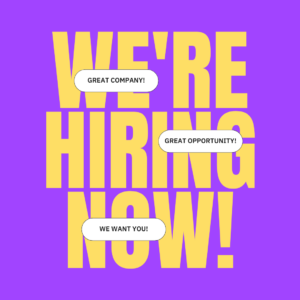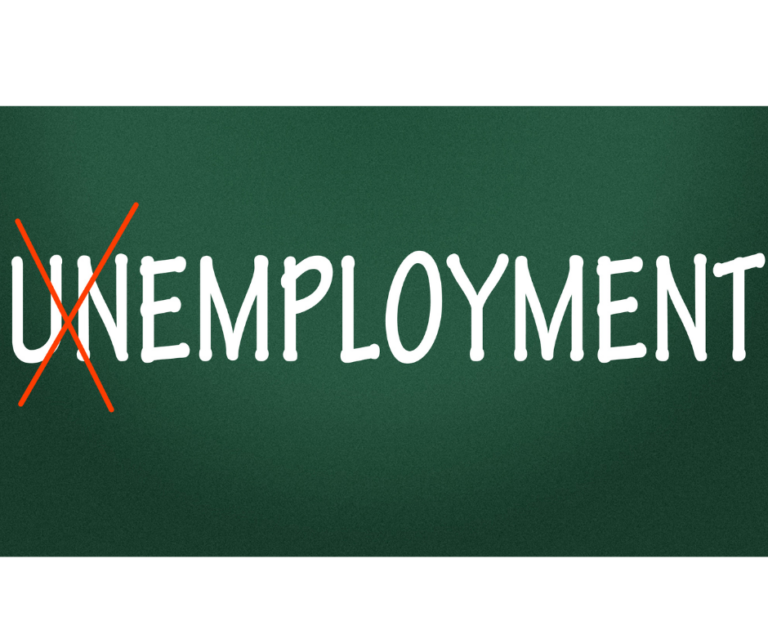
With talk of the rising influence of AI, LinkedIn’s 2023 Future of Recruiting report found a focus on the most human parts of their tasks will help job recruiters improve their connection with job candidates. The roadmap of change includes several predictions designed to guide the ongoing evolution of job recruitment. This is important as 22% of companies expect to spend more on in-house recruiters compared to last year and 23% expect to invest more in external staffing firms.
Incorporating the Predictions
Changes in the recruitment role – 87% of recruiting professionals say talent acquisition has become a more strategic function over the past year. Many predict this change will allow job recruiters to make a bigger impact by changing what recruiters look for and how they hire.
Having more say over pay – 45% of job recruiting professionals say their companies increased salaries enough to keep pace with inflation. Recruiters are well-positioned to lead the conversation about salary and its business impact by leading the remodeling of a company’s compensation and offer policy.
Decreased or stagnant recruiting budget – 53% of in-house employment recruiting professionals predict the recruiting budget will decrease or stay the same. But the need for talent acquisition will remain, making it important to define and refine a compelling employer value proposition. Be prepared to understand talent’s top priorities and walk the walk with job candidates.
Building critical skill sets – 78% of those surveyed see communication as the most-important soft skill for recruiters over the next five years. This is closely followed by relationship building, adaptability, problem solving and business acumen.
Prioritizing collaboration, learning and development – 81% of in-house recruiting professionals say they need to work closely with learning and development. This will pave the way for internal talent to build new roles, the company to identify skills gaps, and to ensure the organization is a place of growth and retention.
Don’t Cloud the Big Picture
While few organizations have the time or energy to make sweeping changes, small tweaks can help employment recruiters better connect with candidates by knowing what’s important to them. For example, 28% of employment candidates look for employee happiness while just 15% of recruiters believed it to be a high priority.
Flexible work arrangements are important, but compensation and benefits remain higher priorities. 43% of candidates see it as a top priority while 71% of recruiters believe it’s a top priority. It’s also important to align when it comes to skill development and career advancement. 34% consider skill development a top factor, compared with 23% of recruiters. Also 60% of job recruiters thought advancement was a top priority but this resonated with only 35% of job candidates.
Rather than just telling candidates about these perks, it’s important to also show the company is a great place to work. Look for ways to showcase happy employees using specific examples with candidates. Most importantly, listen with empathy to understand what each employment candidate needs and wants from you as a potential employer.


